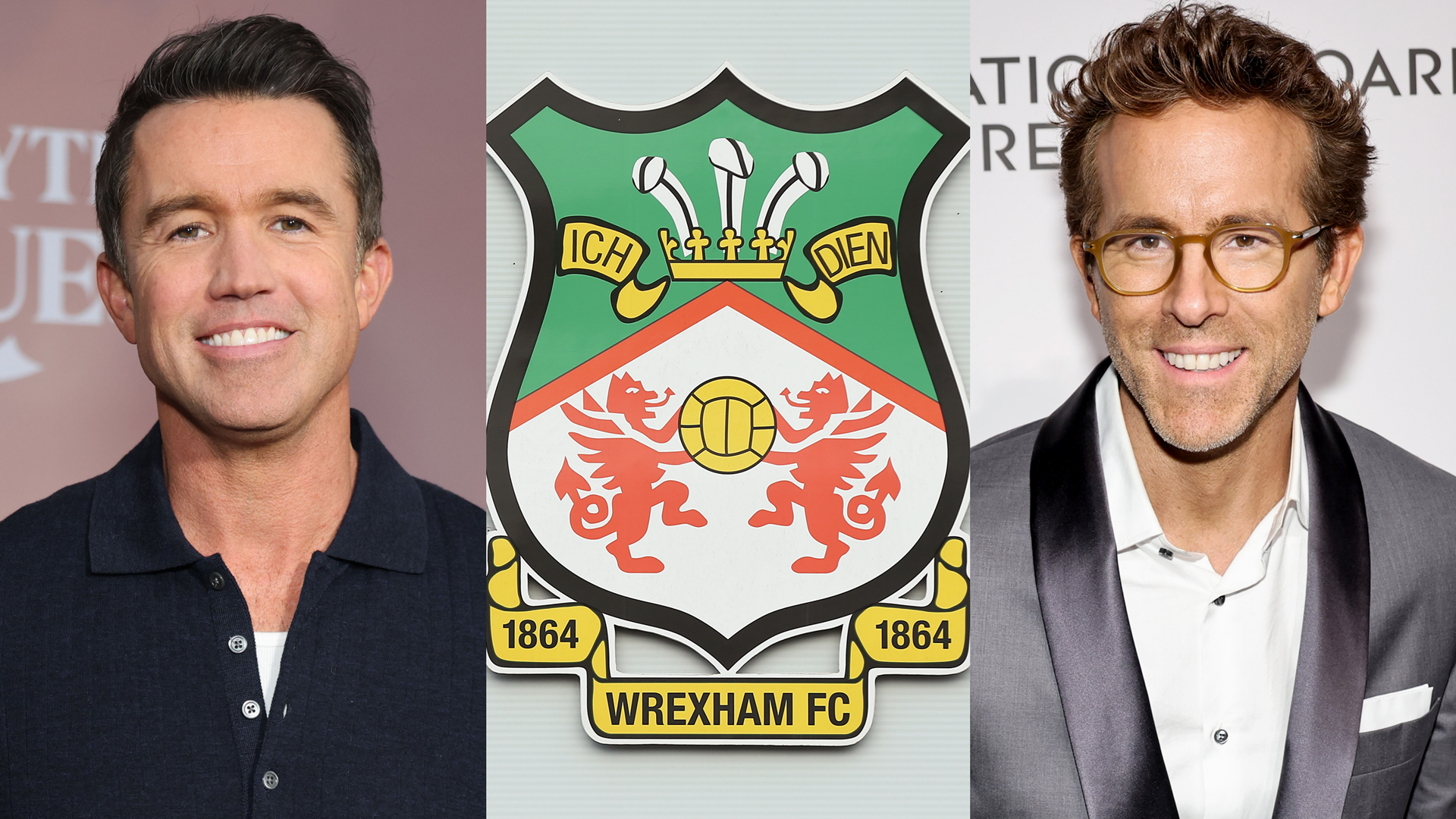Wrexham strategy faces Championship reality check
Wrexham strategy has delivered three breathtaking promotions in as many seasons, turning a once-sleepy National League club into one of football’s most talked-about stories. Yet as Phil Parkinson’s side prepare for life in the Championship, experts are warning that the Hollywood fairy tale is about to hit its hardest chapter.
How the Wrexham strategy rewrote lower-league economics
When Ryan Reynolds and Rob McElhenney arrived in North Wales in 2021, sceptics wondered whether celebrity ownership was more stunt than substance. The Wrexham strategy soon silenced doubters. A-list star power attracted global sponsors, ticket demand exploded, and the “Welcome to Wrexham” docuseries generated millions in fresh income. That cash, reinvested intelligently, allowed the club to outspend rivals in League Two and League One without breaching financial regulations. Crucially, the revenue growth was organic rather than debt-fuelled, keeping the balance sheet healthy while results on the pitch soared.
Why the Championship is a different beast
The second tier is routinely described as the toughest division in the world, and with good reason. Eighteen former Premier League clubs—many boosted by parachute payments—will compete next season. Hull City’s former vice-chairman Tan Kesler told talkSPORT that the step up will expose weaknesses: “The Championship is very, very competitive. I see challenges with the Wrexham organisation, but they can turn them to their advantage if they stay disciplined.”
Financial Fair Play and spending limits
The EFL’s Profit and Sustainability rules cap losses at £13 million per season over three years—far stricter than the lower divisions. While the Wrexham strategy has boosted income streams, Championship wage bills can swallow that revenue quickly. Reynolds and McElhenney must decide whether to chase promotion aggressively or evolve more cautiously, avoiding the financial cliff that has claimed bigger clubs.
Recruitment battles against bigger budgets
Wrexham’s current record signing remains Paul Mullin at a modest £300,000. Championship rivals routinely splash seven-figure fees. Targeting experienced Premier League loanees—echoing Nottingham Forest’s model in 2022—could bridge the gap, but competition is fierce. Sporting director Les Reed’s network will be tested like never before.
Lessons from Birmingham’s Brady-backed rebuild
Across the Midlands, NFL legend Tom Brady has helped Birmingham City reinvent themselves after relegation. They exploited League One’s more relaxed rules to reset wages and sign high-potential talents, romping to promotion at the first attempt. Now, with investment primed for a second surge, the Blues look capable of challenging immediately. Their approach offers a cautionary tale: momentum is priceless, but only if underpinned by a squad already calibrated for Championship pace.
Can content creation still tip the scales?
The jewel in the Wrexham strategy remains storytelling. Disney’s cameras will follow the club into every away ground from Carrow Road to Elland Road, expanding the global fanbase further. Analysts believe broadcast and merchandising revenue could climb another 25 percent this season, providing headroom inside FFP. Additionally, the club’s emerging North American tours generate lucrative appearance fees and introduce Wrexham AFC to new commercial partners. In theory, that cash influx can fund competitive wages without breaching the cap.
The risk of distraction
Producing compelling reality television while chasing points in a brutal league is a delicate balance. Parkinson must keep players focused when Hollywood obligations tug at schedules. Opponents, meanwhile, relish becoming villains in an international blockbuster, raising their performance levels whenever the Dragons arrive.
The road ahead for Reynolds, McElhenney and Wrexham
To sustain progress, recruitment will need to add Championship-ready steel in central midfield and depth across the back line. Upgrading the Racecourse Ground’s Kop stand is also essential; increased capacity should add another £3 million to match-day earnings. The ownership group recognises that Premier League dreams cannot be bought overnight—especially with Everton, Southampton and Leeds potentially dropping down next year and pushing the bar higher still.
Veteran striker Steven Fletcher’s extension offers leadership, while rumours link the club with Liverpool’s academy starlet Tyler Morton and free agent Cedric Kipré. Landing such names without shattering the wage structure will demonstrate whether the Wrexham strategy can evolve rather than simply scale up.
What success looks like in year one
Staying clear of the drop zone is priority number one. A mid-table finish, sustained revenue growth, and continued global engagement would prove the model is transferable. Anything more—play-off flirtations or a cup run—would be a bonus that keeps streaming figures booming and sponsors smiling.
Final whistle: opinion
The Wrexham strategy has already rewritten what is possible for a lower-league club, but the Championship is an unforgiving litmus test. If Reynolds and McElhenney can balance the books, strengthen wisely, and harness the power of their narrative without letting stardom overshadow substance, the Red Dragons could keep climbing. Fail to adapt, and the Hollywood script may need a reality rewrite.
Your global gateway to nonstop football coverage:
Goal Sports News
Share this content:
